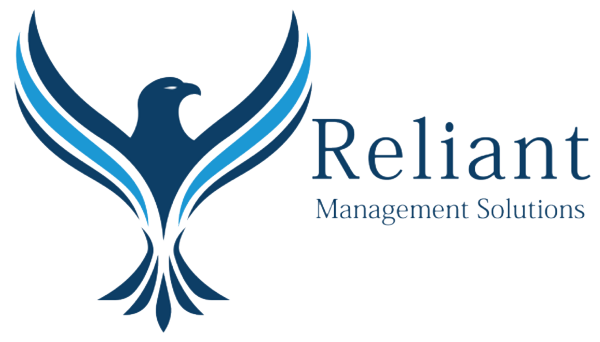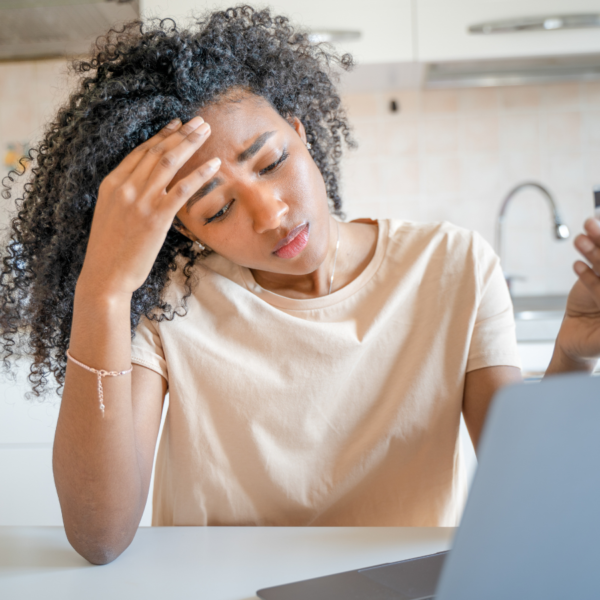Credit card debt can be a significant financial burden, but with a well-thought-out strategy, you can regain control and work towards financial freedom. Here are some effective strategies for restructuring your credit card debt.
1. Assess Your Debt
The first step in restructuring your credit card debt is to have a clear understanding of how much you owe. List all your credit cards, their balances, interest rates, and minimum monthly payments. This comprehensive overview will help you determine the best approach to tackle your debt.
2. Create a Budget
A realistic budget is essential for managing and paying off debt. Track your income and expenses to see where your money is going. Identify areas where you can cut back and allocate those savings towards your credit card payments. A budget will help you stay disciplined and focused on your financial goals.
3. Prioritize Your Debt
Decide on a strategy to prioritize your debt payments. Two popular methods are:
The Snowball Method: Pay off the smallest debt first while making minimum payments on others. Once the smallest debt is cleared, move on to the next smallest. This method can provide quick wins and build momentum.
The Avalanche Method: Focus on paying off the debt with the highest interest rate first while making minimum payments on others. This method saves more money on interest in the long run.
Choose the method that best suits your financial situation and psychological preferences.
4. Negotiate Lower Interest Rates
Contact your credit card issuers and ask for a lower interest rate. A good payment history and a high credit score can improve your chances of success. Even a small reduction in your interest rate can save you a significant amount of money over time.
5. Consider a Balance Transfer
A balance transfer involves moving your high-interest credit card debt to a new card with a lower interest rate or a 0% introductory rate. This can save you money on interest and help you pay off your debt faster. Be aware of balance transfer fees and the duration of the introductory period. Make sure you have a plan to pay off the transferred balance before the higher interest rate kicks in.
Debt consolidation involves taking out a personal loan to pay off multiple credit card debts. This simplifies your payments and can lower your overall interest rate. With a single monthly payment and a fixed repayment schedule, you can pay off your debt more efficiently. Ensure you compare loan options to find the best terms.
7. Credit Counseling
Consider working with a credit counseling agency. These nonprofit organizations can help you create a debt management plan (DMP). A DMP involves consolidating your debts into a single monthly payment, often at a reduced interest rate. Credit counselors can also provide financial education and budgeting assistance.
8. Debt Settlement
If your debt is overwhelming and you’re unable to make minimum payments, debt settlement might be an option. This involves negotiating with your creditors to settle your debt for less than what you owe. Be aware that debt settlement can negatively impact your credit score and should be considered a last resort.
9. Increase Your Income
Look for ways to increase your income to accelerate your debt repayment. This could include taking on a part-time job, freelancing, selling unused items, or finding other side hustles. Use the extra income exclusively for paying down your debt.
10. Stay Committed
Restructuring credit card debt requires commitment and perseverance. Stay motivated by tracking your progress and celebrating small victories along the way. Keep your financial goals in mind and remain disciplined in your spending.
Conclusion
Restructuring your credit card debt is a crucial step towards financial stability and freedom. By assessing your debt, creating a budget, prioritizing payments, and exploring various debt reduction strategies, you can take control of your finances and work towards a debt-free future. Stay committed to your plan, seek professional help if needed, and remember that every step you take brings you closer to financial wellness.






Recent Comments